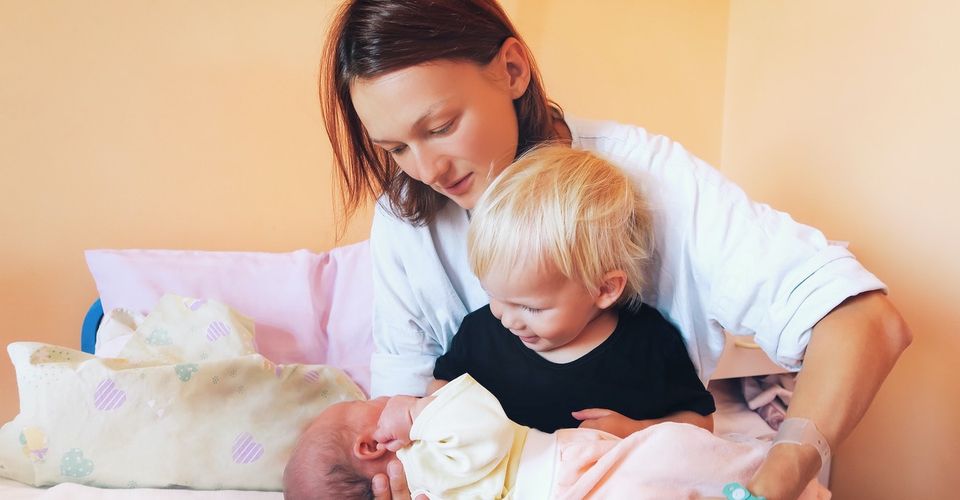source:- babygaga
Many families are turning to fertility treatments and IVF as a solution when having trouble conceiving naturally. But some wonder what the chances are of being able to have a second child through IVF if the first baby was also conceived this way?
There are many parents who will happily receive their “miracle baby” through the efforts of science and medicine and will no doubt want to add on to their family within time and thanks to a study that was recently published in “Human Reproduction”, one of the world’s leading medical journals that focuses on reproduction, women have a significantly good chance to conceive a second baby via IVF when the first baby was born with the help of the same fertility treatment.
After looking at data from 35,290 women who received ART (assisted reproductive technology) between 2009 and 2013 in Australia and New Zealand, Professor Georgina Chambers, director of the National Perinatal Epidemiology and Statistics Unit at the University of New South Wales said that two measures were calculated overall in the study: a woman’s chance of achieving a second live birth and the overall chance of a woman achieving a live birth after a certain number of cycles. The women were followed until 2015 and live births up to October 2016 were also included in the study.
Just one cycle might not seem like much but there is so much that goes into it. Every cycle includes the stimulation of the ovaries to mature multiple eggs, the collection of the eggs for fertilization. The eggs will then be fertilized in the lab in order to create embryos and then the embryo transfer process can start. There are two different types: fresh embryo transfers and frozen embryo transfers.
15,325 of the 35,290 women in the study (about 43%) returned for treatment to conceive a second child by December of 2015. The median age of women was 36 years old. Researchers who headed up the study found that after three cycles of fertility treatment, in the women aged 40 to 44, the CLBR (cumulative live birth rate) were 38% and 55% with those who began with a frozen embryo and 20% and 25% to those who then started with fresh embryos.
“Couples can be reassured by these figures,” Professor Chambers said. “Our findings also underline the fact that ART treatment should be considered as a course of treatment, rather than just one single cycle of treatment: if couples don’t achieve a pregnancy in the first cycle, it could very well happen in the next. However, it would be best not to wait too long, especially if a new stimulation cycle is needed.”
